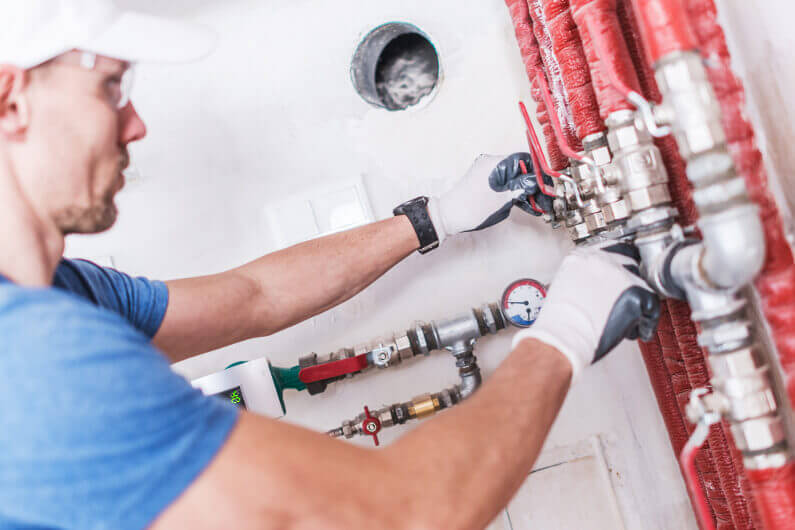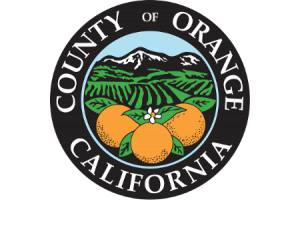Suburban Plumbing Blog
Plumbing Articles from Orange County, CA.
The Ultimate Guide to Understand Plumbing Terminologies

Funny fact, did you know that Black Friday is the American plumber’s busiest day of the year? All over the U.S. Americans need plumbers regularly for everything from fixing broken toilets, to preparing their pipes for winter.
Still, despite the high demand for plumbing services, most Americans know very little about basic plumbing terminology.
If you need a plumber today but don’t want to sound like a novice, here’s a list of the top plumbing terms. Use these when your plumber visits and you’re sure to sound like a pro.
1. Potable
If your plumber tells you your water is “potable,” then he or she just means it’s safe to drink. If you have a crack, leak, or obstruction in your pipes it might contaminate your water supply.
This would make your water unpotable. Having your pipes and drains cleaned regularly can also help keep your drinking water potable.
2. Pressure Head
The pressure head is just a unit of measure in plumbing. It describes the vertical force of water that’s at a depth of one foot.
The term, “pressure head,” is often used to describe how hard and fast your water is moving through your pipes. This is a common term your plumber will use when describing things to you as a customer.
3. Maximum Containment Level (MCL)
You may have heard your plumber, or even city water officials, talk about your water’s “maximum containment level.”
This describes the maximum amount of contaminants that are allowed to be in your water. There are laws within state government that determine how much contaminants can legally be in people’s water so it’s safe to drink.
At best, you want to try and keep your MCL far below the maximum amount so your water is clean and potable. You can usually look up your city’s MCL on your city website.
4. Flow Rate
Flow rate is how much water flows through your plumbing. This will be measured in one of two ways—either gallon per minute or gallons per hour.
If you’re having problems with your home’s water pressure, the “flow rate” may be something to ask your plumber about.
5. Effluent
Simply put, this is the liquid waste that’s in your septic system. It’s a nicer term for what it is. Not to mention, it’s one of the less-known plumbing terms for non-plumbers.
Use this in your conversations with a plumber and they’ll really think you know your stuff.
6. Branch Drain
Your “branch drain” is an important fixture drain. It leads to the main drain pipeline. The branch drain is the drain pipe that connects the soil line to the main drain pipeline.
This can be an important plumbing fixture when dealing with leaks or clogs.
7. Bleed
Ever had a plumber tell you he or she needs to “bleed” your drain? It’s less graphic than it may sound.
To “bleed” a drain just means your plumber is releasing excess air inside your pipes. They do this by opening a small valve at the end of your pipes.
Sometimes bleeding a drain is necessary if your flow rate is low or you’re experiencing other problems with water pressure.
Bleeding a boiler or a radiator are the most common instances when you would use the term. Just be sure you have a professional plumber assist you in this as bleeding a boiler or a radiator can be very dangerous if not done properly.
8. Soil Pipe
Yet another term for something less appealing than it sounds. The soil pipe transports waste from your toilet.
It’s very important when it comes to keeping your toilet functioning and flushing. Soil pipe clogs are one of the more common household problems plumbers are called on to fix.
You can keep your soil pipe clear by never flushing items such as:
- Paper towels
- Feminine products
- Napkins
- Tissues
This means basically anything other than human waste and toilet paper should not be flushed down the toilet. Feminine products can be an especially damaging item to flush as they are common culprits of soil pipe clogs.
9. Flow Control Valve
A flow control valve is a device that limits water flow to a plumbing fixture. If you’re looking to cut costs on your water bill, a flow control valve can come in very handy.
It limits excess water flow so you’re not only reducing your costs, your reducing water waste. Your wallet and the planet may thank you for having a flow control valve installed throughout your plumbing systems.
10. Gasket
Ever heard of “blowing a gasket?” This phrase comes from the small rubber or fiber-made ring. This small ring is used to create a water-tight seal between metal fixtures.
For example, if the gasket in your bathroom sink slips out of place, you may have water squirting at in all directions when you turn your sink on.
Gaskets can fill the gap between two metal pieces of plumbing that don’t fit together perfectly. If you’re experiencing leaks or spraying when your water is on, your plumber may install a gasket.
11. Interceptor
This term may be less common among household plumbing conversations. But, it’s still helpful to know when talking with your plumber.
An interceptor is a device that separates oil and grease from drain systems.
If you’re a homeowner, you’ve probably heard about the dangers of pouring oil or fat down your kitchen sink. These substances can build up and cause major blockage in your pipes.
However, if you have an interceptor installed, this can work to filter out oil and grease in your drain systems. Even with one, it’s still best to dispose of cooking fats somewhere other than your sink.
Why Use Proper Plumbing Terms?
Not every homeowner has a basic understanding of basic plumbing terms. So what’s the benefit?
When it comes time for you to call a plumber (and the time will come), having a handle on basic plumbing terms can help you better communicate. You can understand what problems are occurring and how your plumber is working to fix them.
Contact a Plumber Today
If you’re in need of plumbing help, today’s the day to put your new knowledge of plumbing terms to use.
Contact us today for a quote and let our plumbing professionals help you!
Request a Quote Now
suburban plumbing
Full Service Plumbing Orange County, CA.
Suburban Plumbing
14933 Adams Street
Midway City, CA 92655
(714) 922-3555
or Send Us an Email Here.
© 2017-2025 SuburbanPlumbingOC.com
– All rights reserved. –
Information on this website may not be re-used without prior written consent from Suburban Plumbing.
QUICK LINKS
HOME | PLUMBING SERVICES | PLUMBER NEAR ME | REVIEWS | ABOUT | COVID SAFETY | BLOG | COUPONS | CONTACT | SITE MAP
HOURS & LICENSE INFO
Monday-Friday: 8:00am to 7:00pm
Saturday: 8:00am to 5:00pm
Sunday: Closed Normal Appointments
Emergency Client Service Available
California Licensed, Bonded, Insured
C36 Plumbing Contractors License 833520





0 Comments